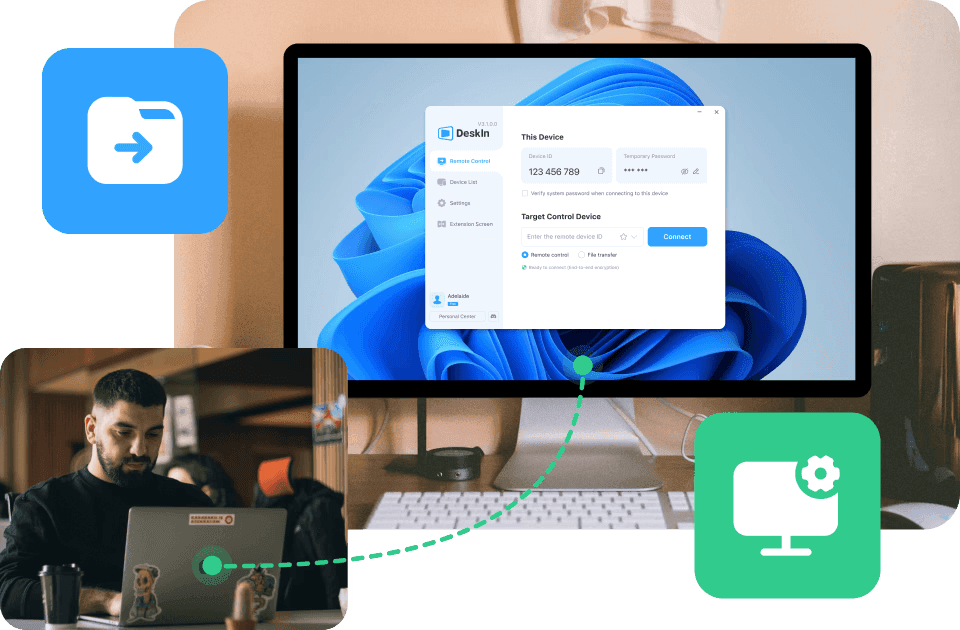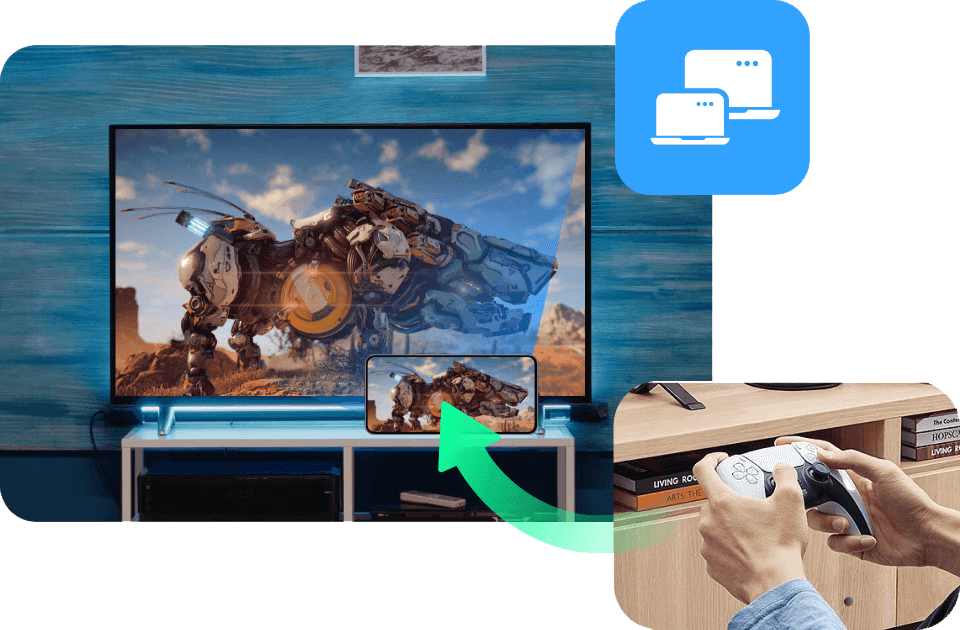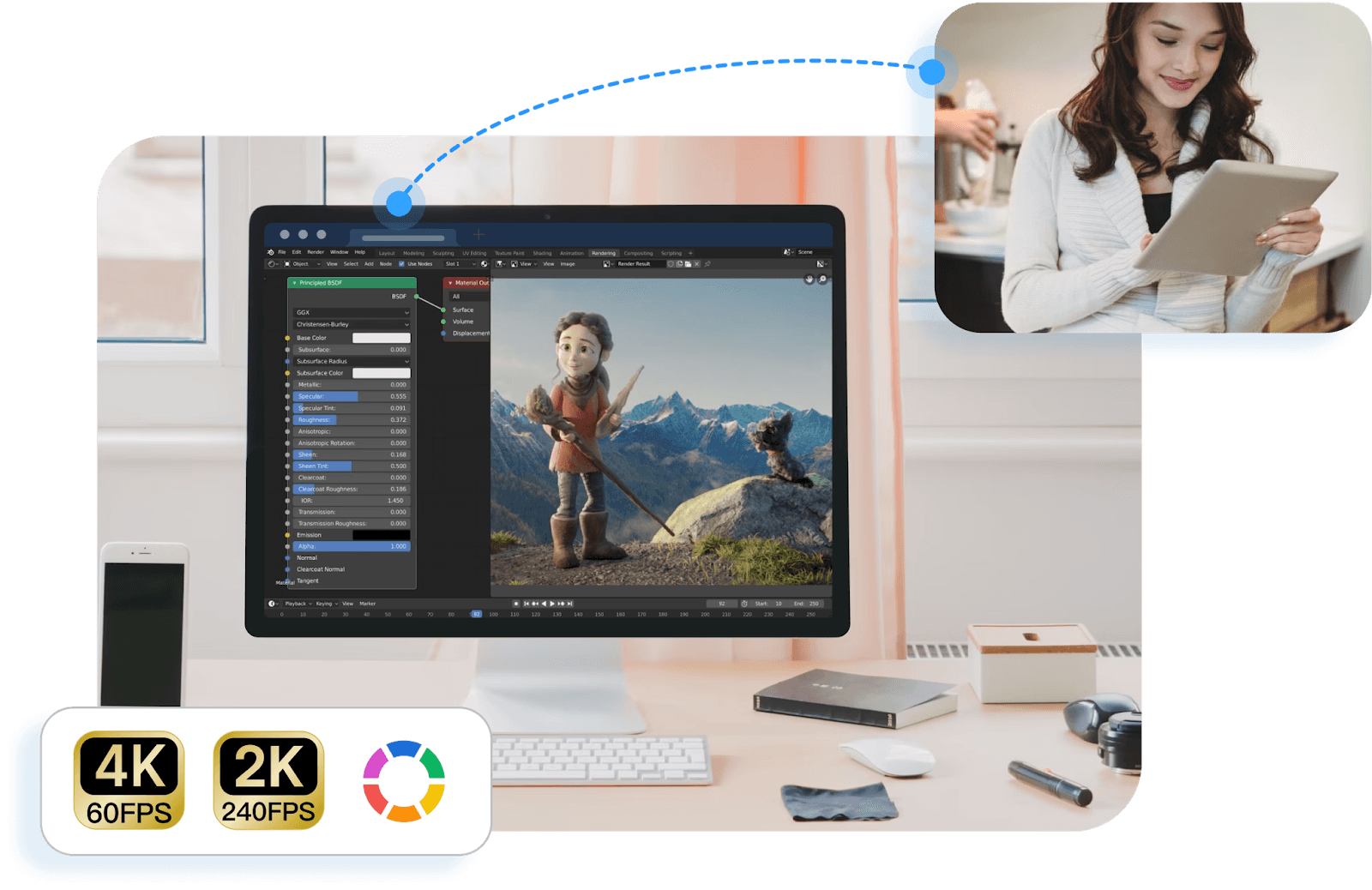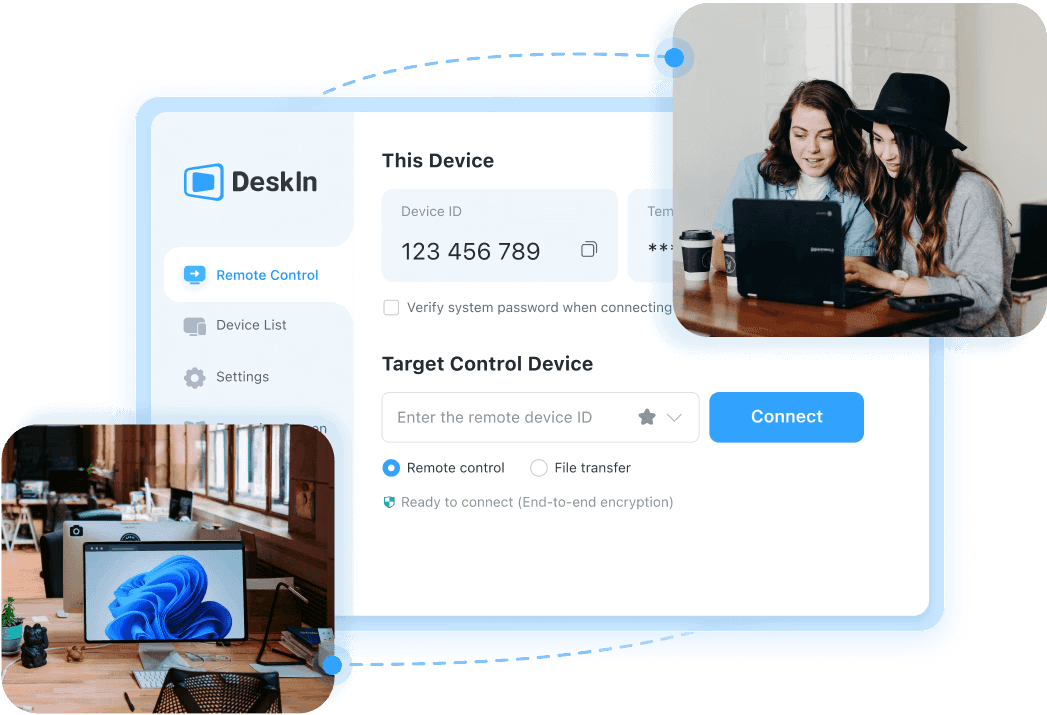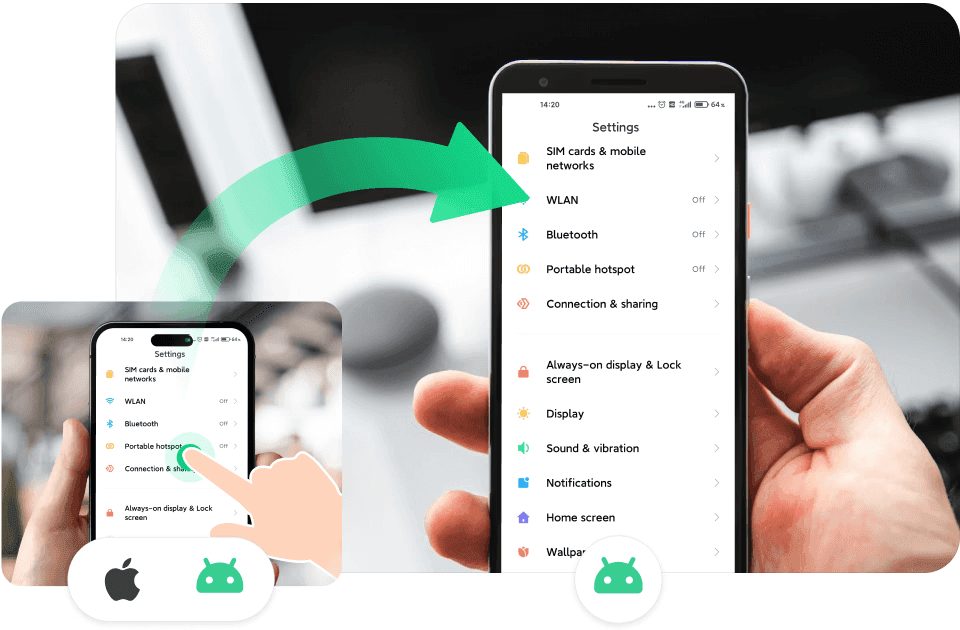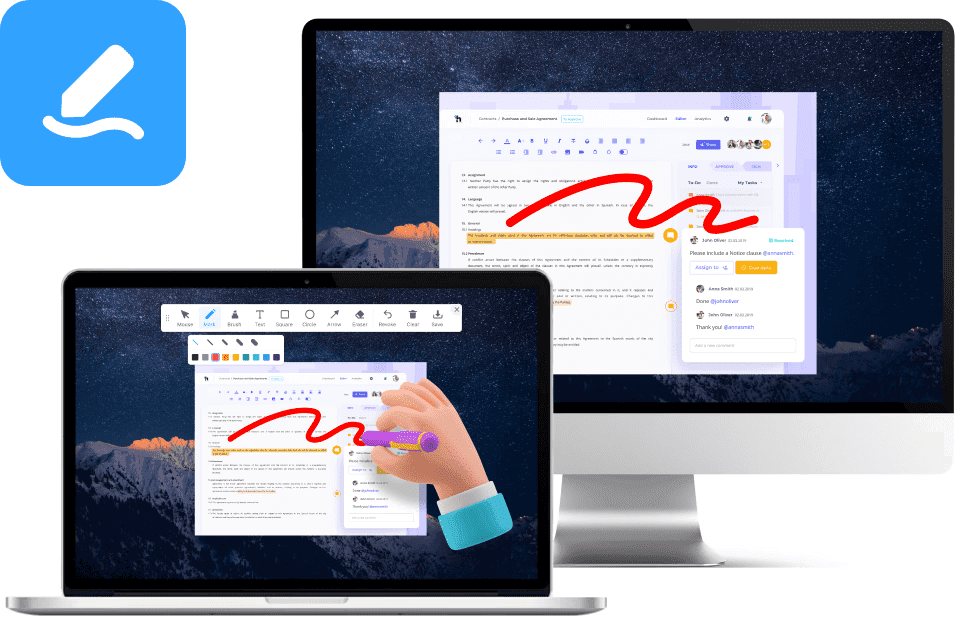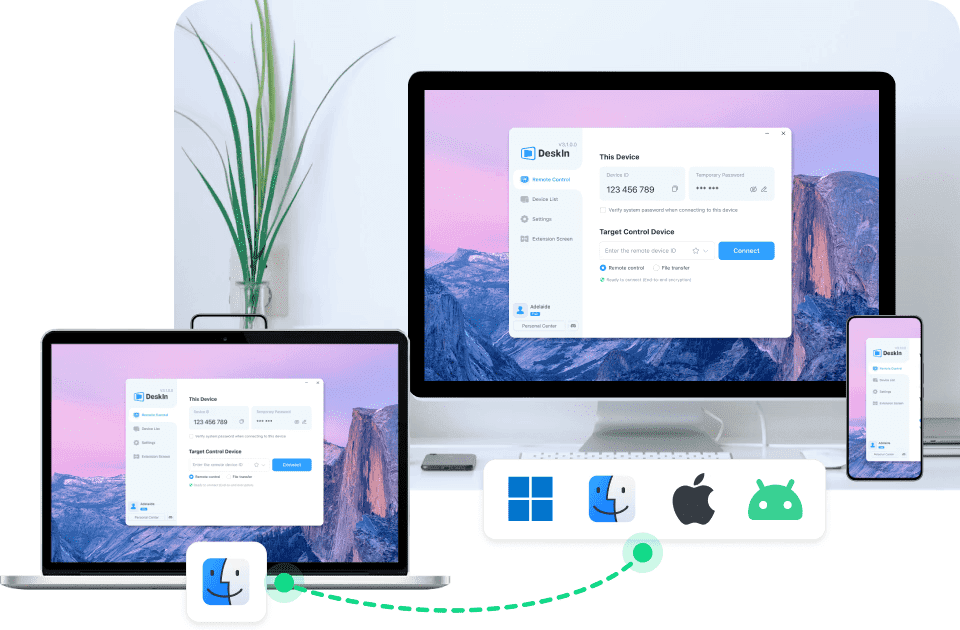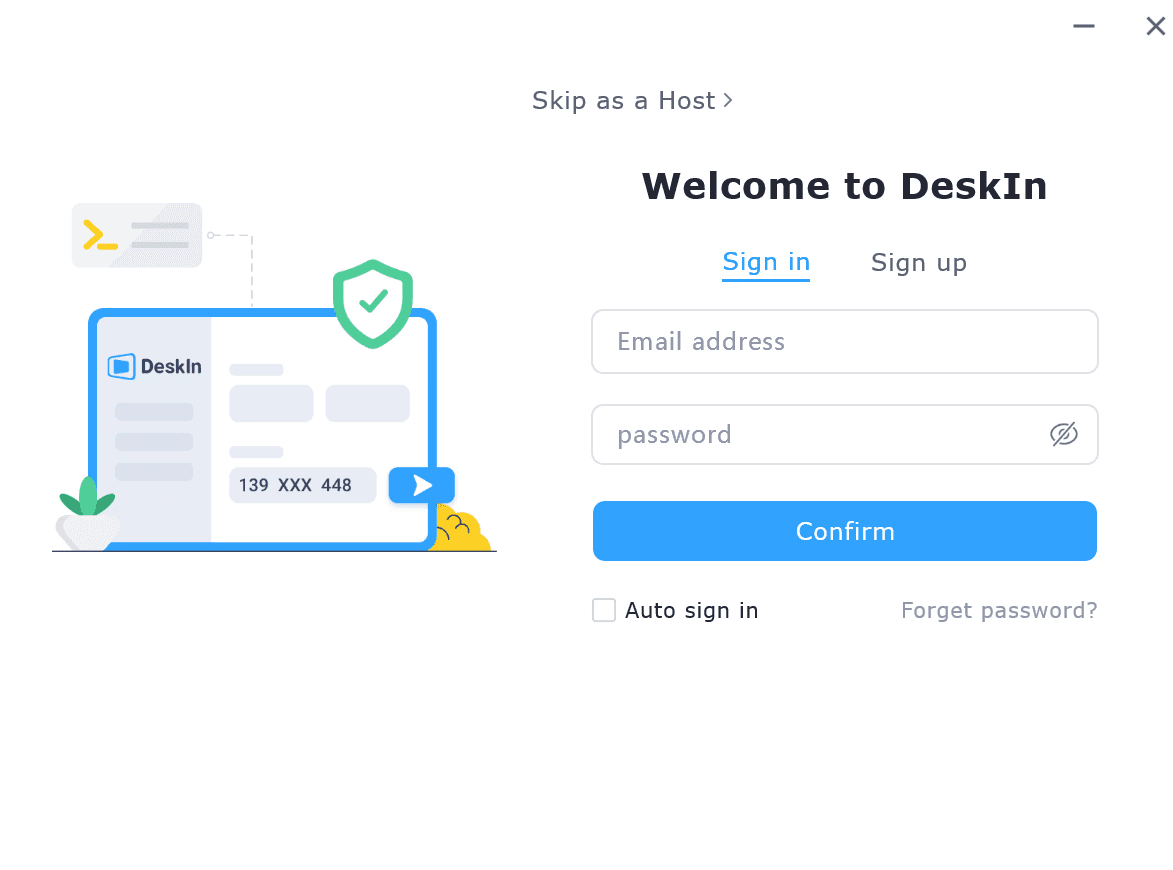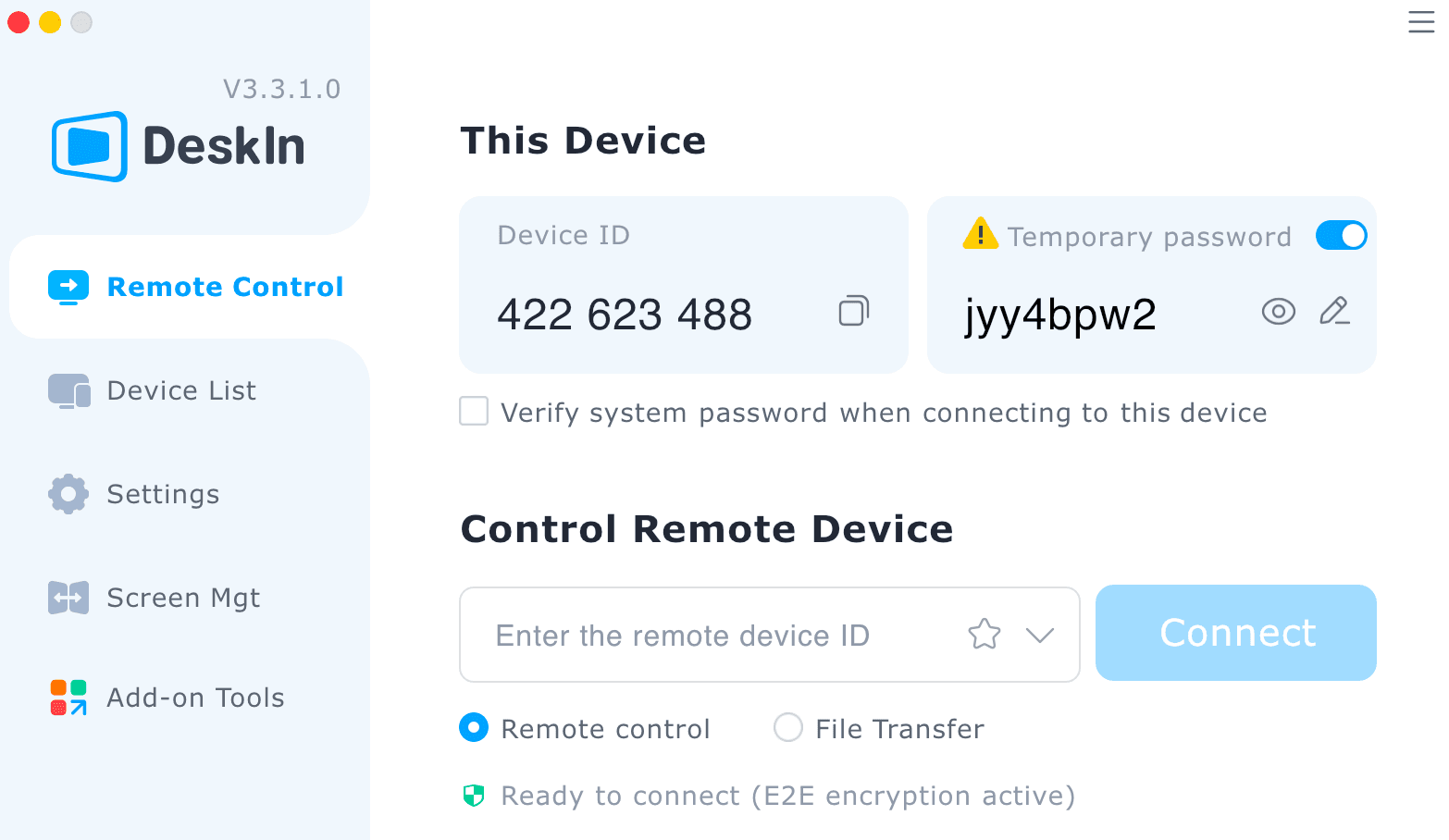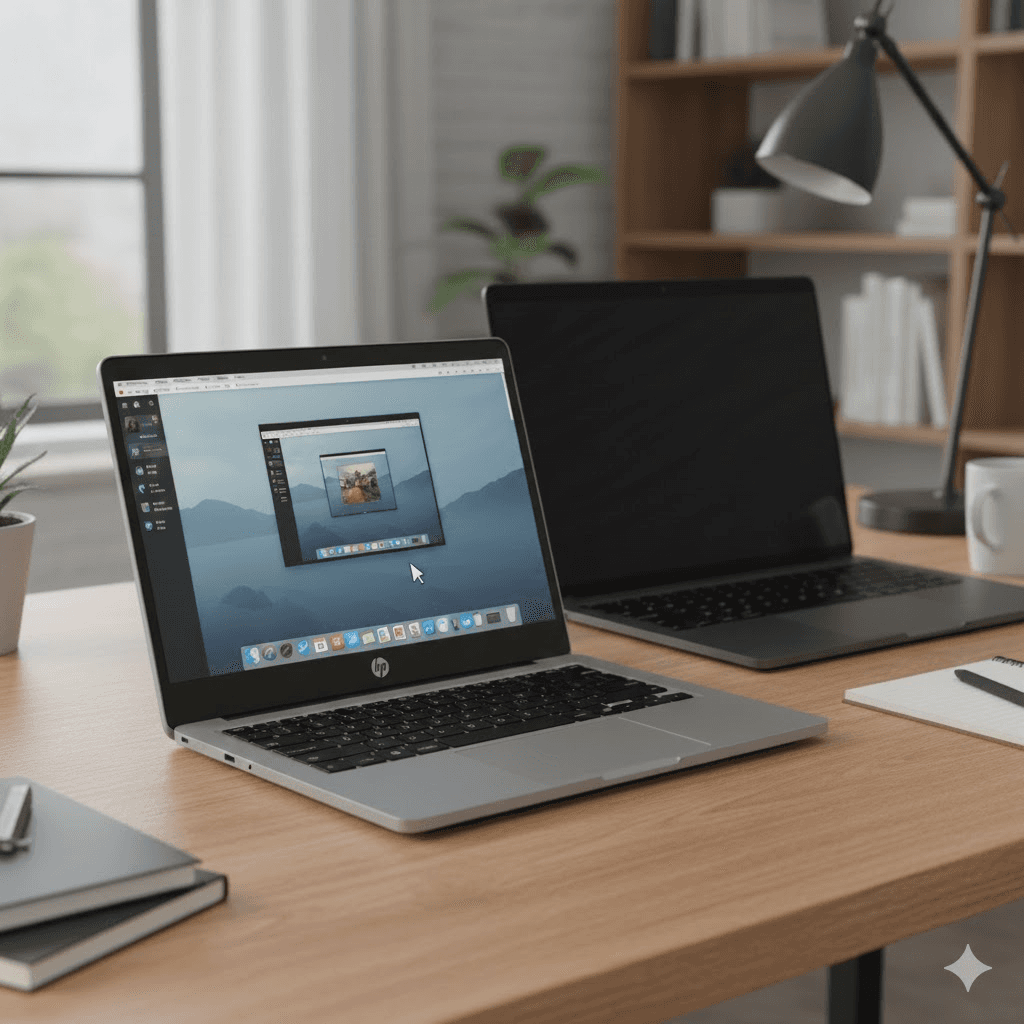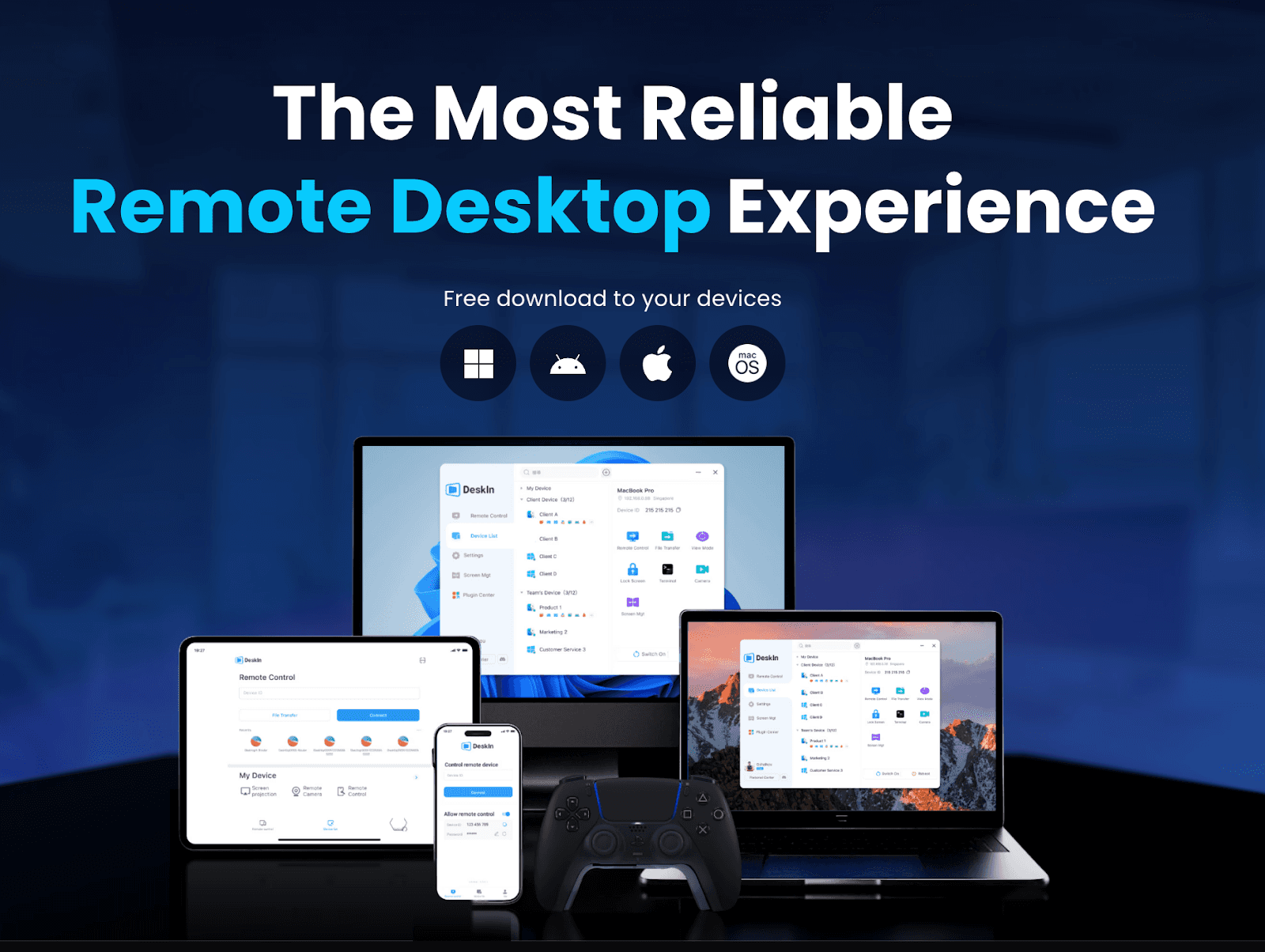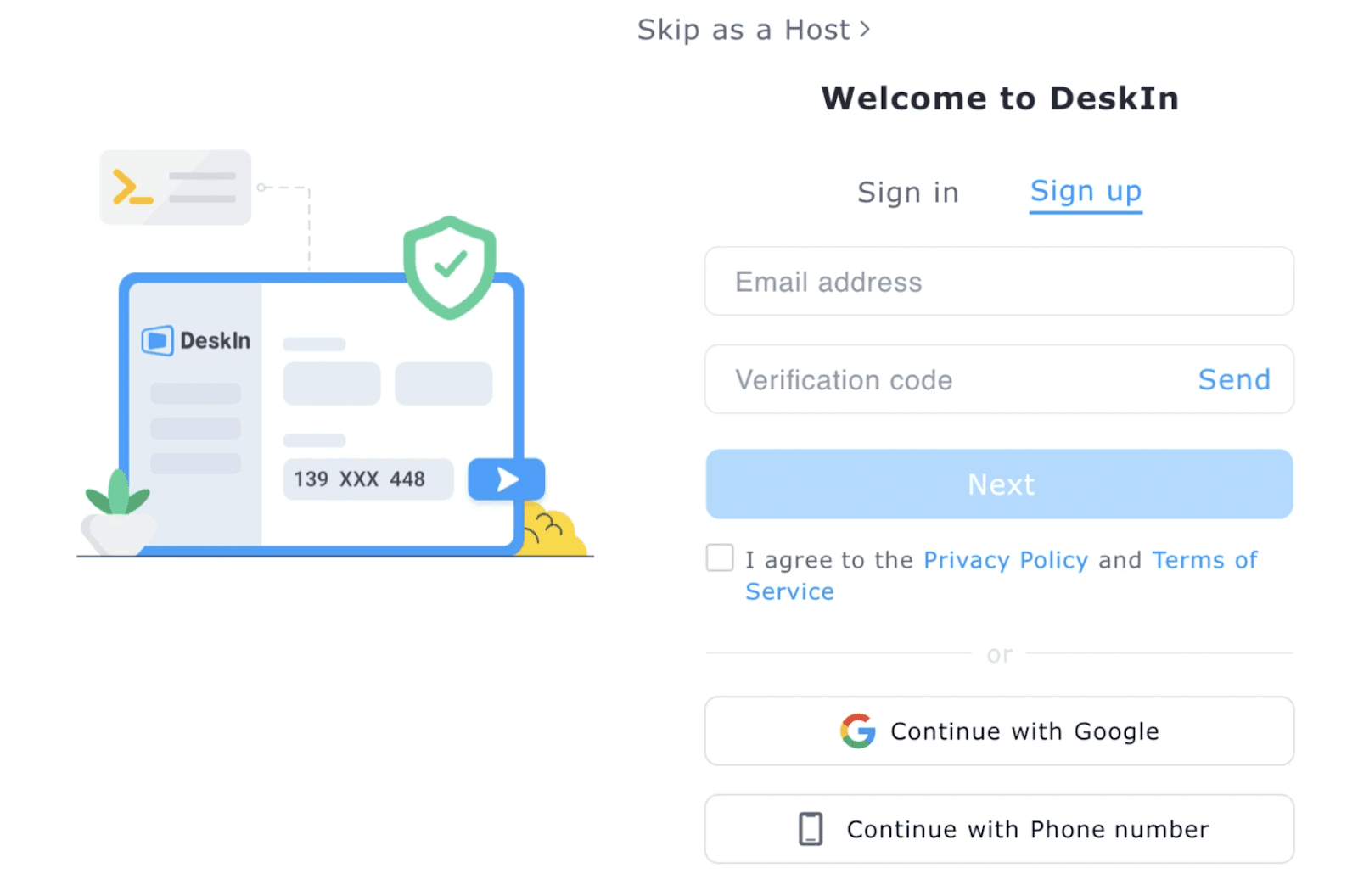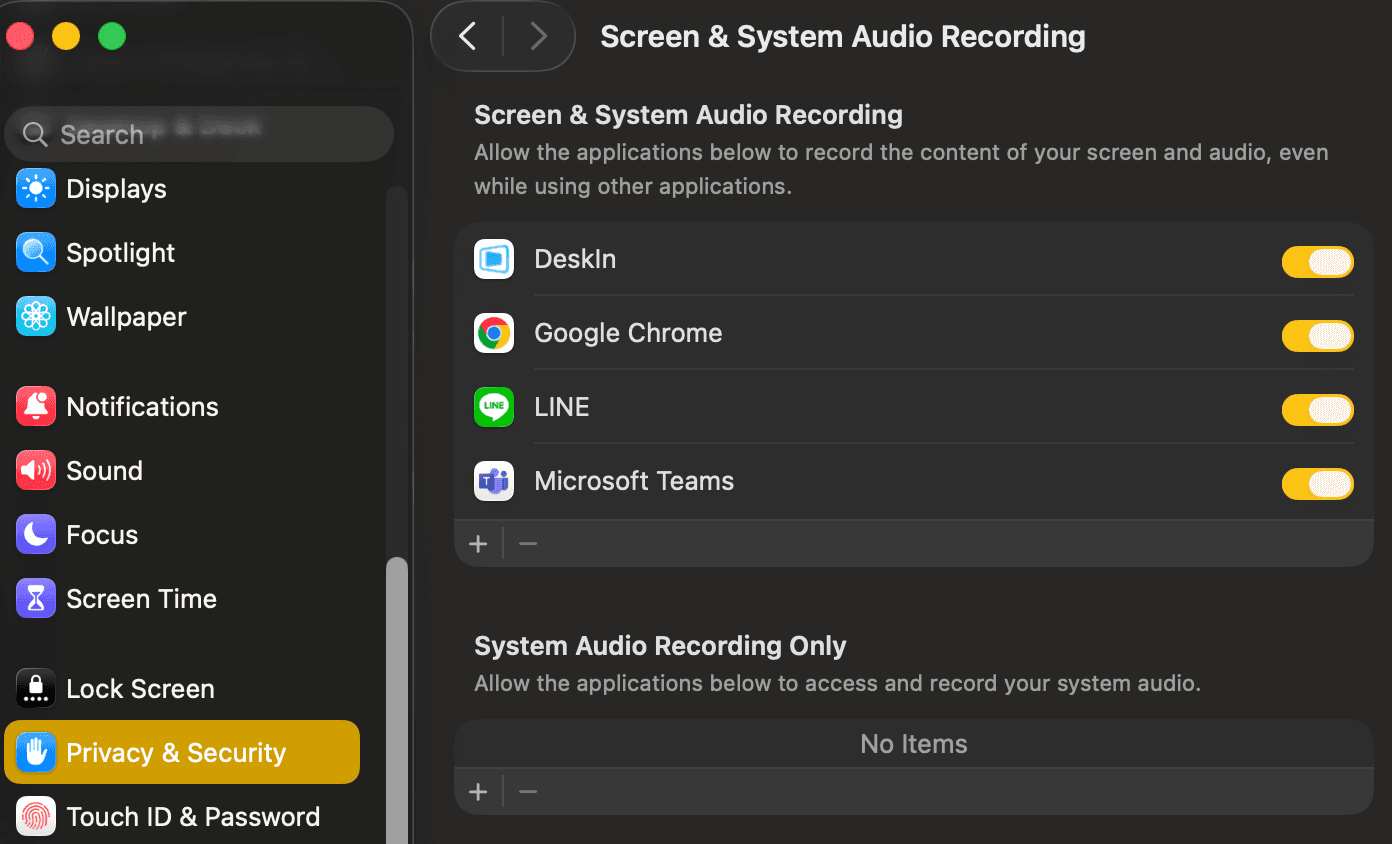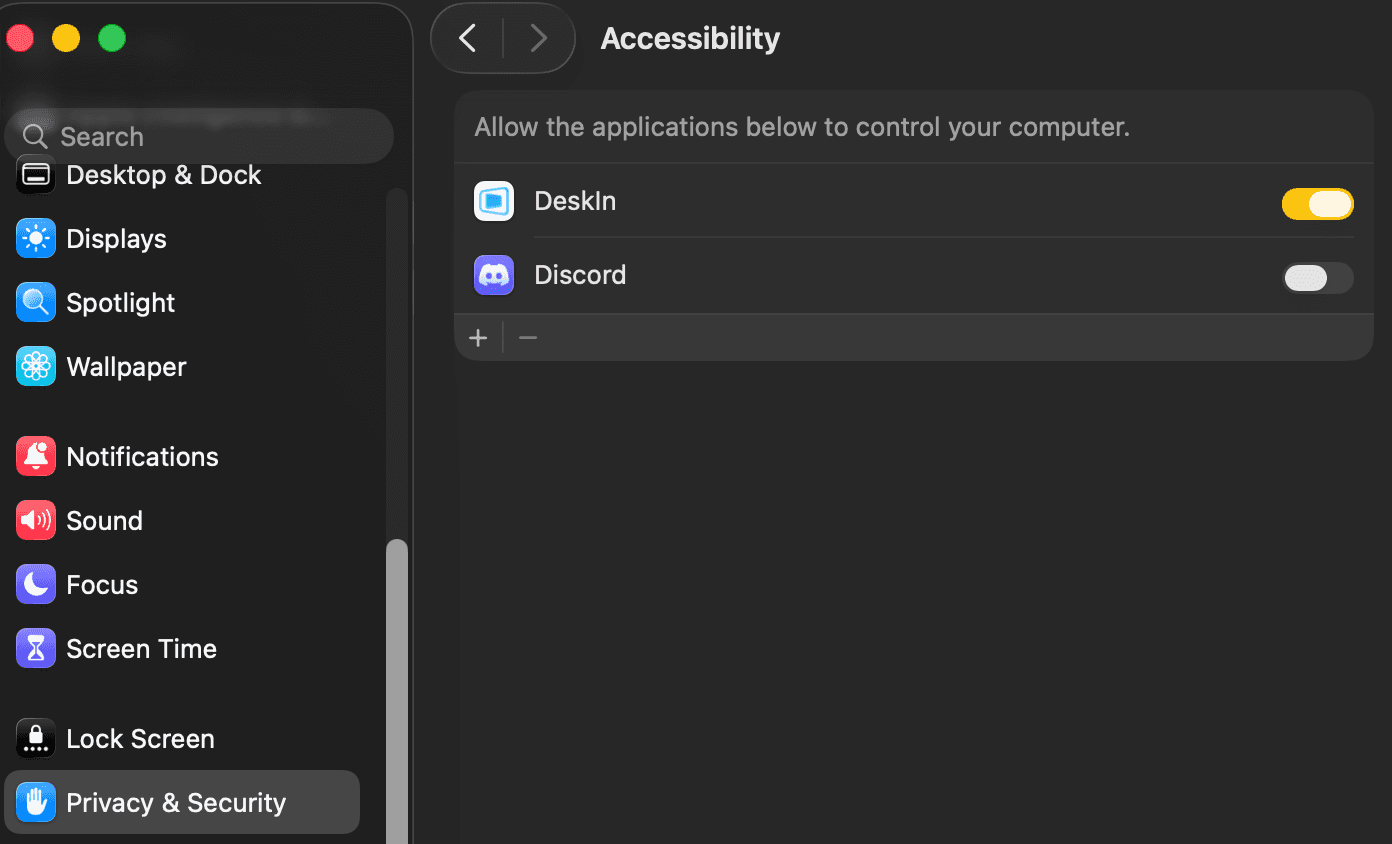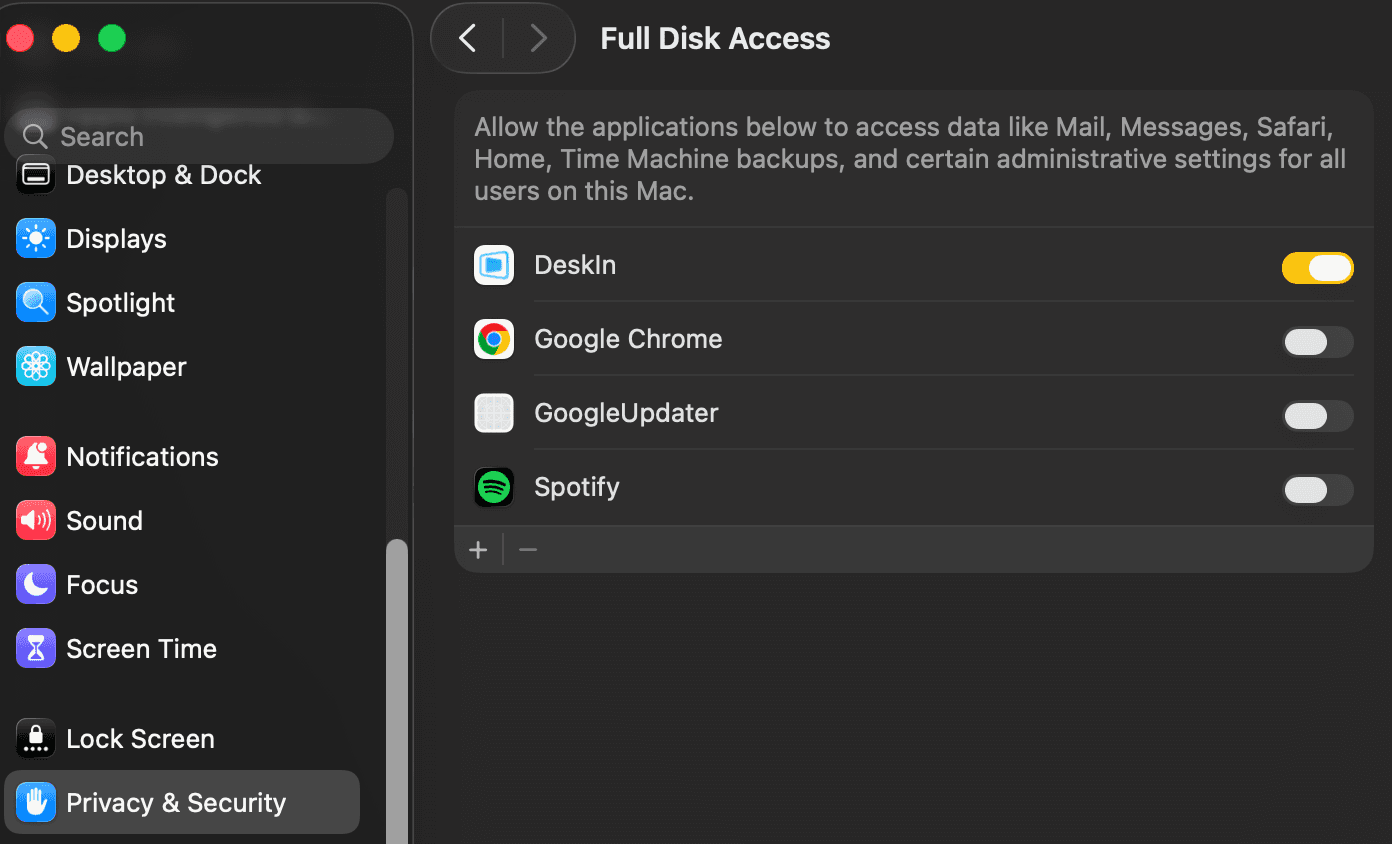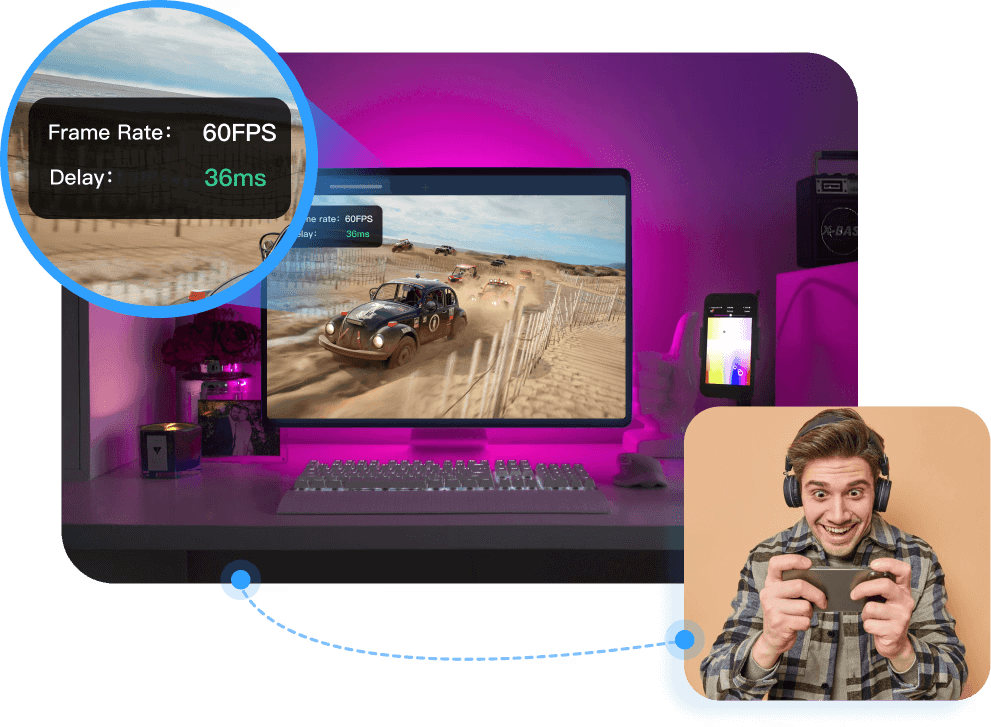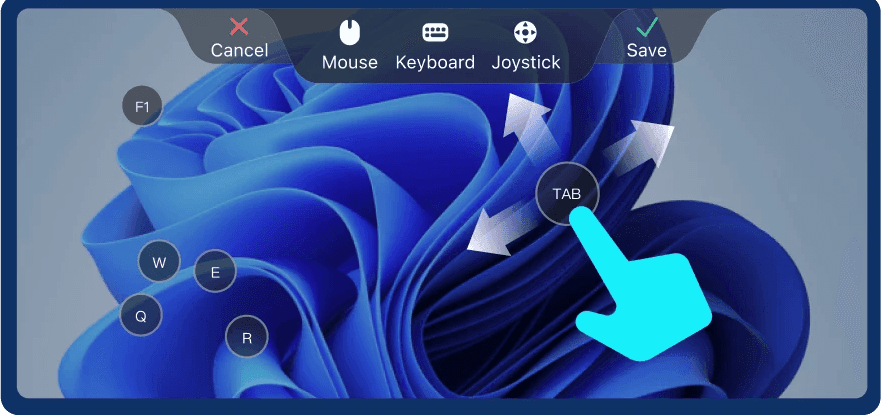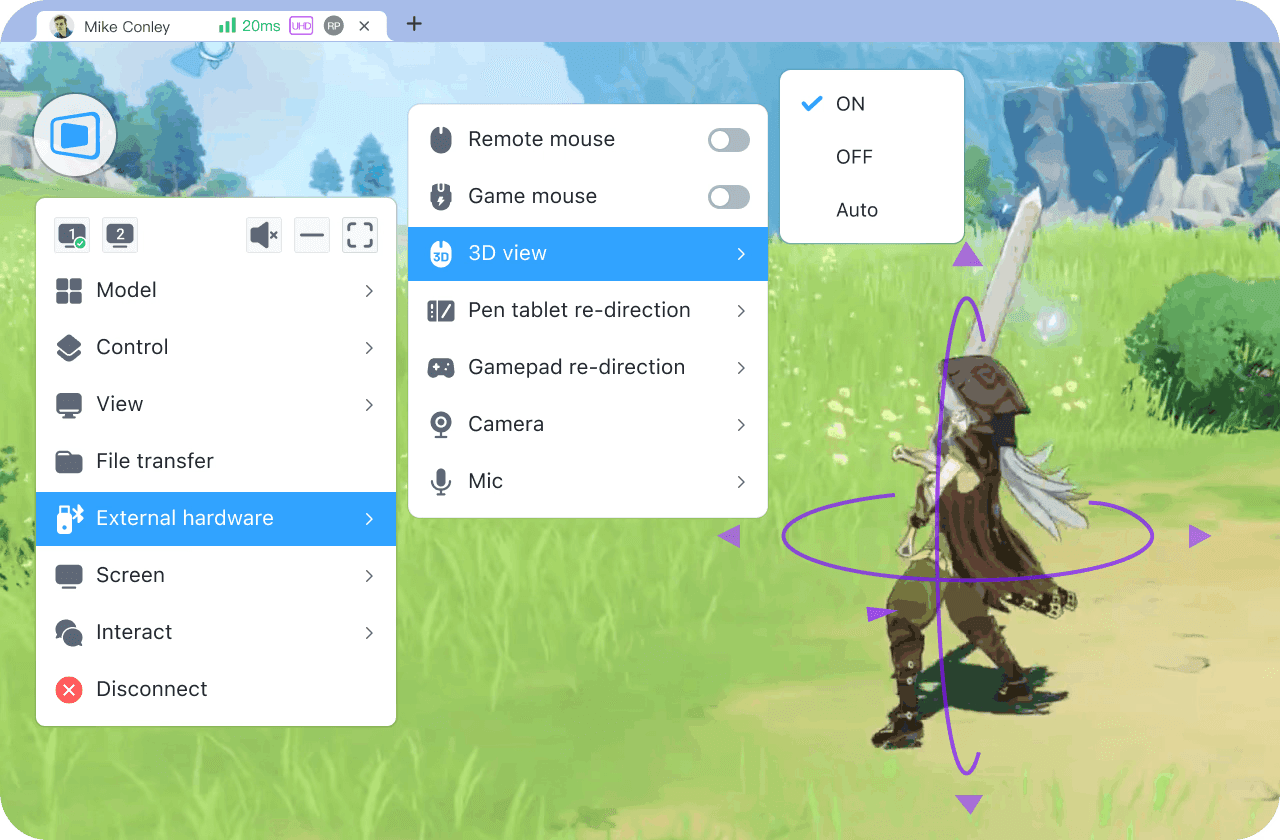While free screen-sharing programs like AirDroid Cast or LetsView save costs, their restrictions hit hard in real-world use — mirroring to just 2 devices max forces awkward workarounds during team demos, intrusive ads pop mid-presentation, and security gaps risk exposing sensitive client data.
Even popular free casting apps struggle with platform mismatches (e.g., Android-to-Mac glitches), forcing users to juggle multiple tools. For professionals, these "free" trade-offs mean blurred CAD diagrams during reviews, frozen Zoom screenshares, or restarting critical training sessions when connections drop.
After testing dozens of screen mirroring tools, we found the best free screen-sharing programs that work seamlessly across iOS, Android, PC, and Mac. These free casting apps each shine in different scenarios: one might excel for team meetings, while another’s better for streaming shows.
If you're looking for a free screen mirroring tool that's ad-free, commercially available, and high-performance, DeskIn may be just the thing for you - the free version supports connecting up to three devices, and runs stably at low bandwidths, solving the “lag” problem that's so common with free tools! Want to see more options? Check our top picks to match your needs and start mirroring screens hassle-free today!
Don't want to waste time looking for the best free screen mirroring app?
Try DeskIn! Trust me, it won't disappoint you!

5 Best Free Screen Mirroring Apps: Which is Best for You
We've tested the most popular tools to bring you the 5 best screen mirroring apps that actually deliver on their promises. Our comparison focuses on cross-platform compatibility, latency performance, and bonus features you didn't know you needed.
Application | User-Friendliness | Compatibility | Latency | Free Trial | Unique Feature |
DeskIn | Easy | Android, iOS, Windows, macOS, | Minimal (Under 40ms) | √ | Dual-screen control Whiteboard collaboration |
LetsView | Moderate | Android, iOS, Windows, macOS, Android TV | Medium | √ | Whiteboard collaboration |
AirDroid Cast | Moderate | Android, iOS, Windows, macOS, Linux, ChromeOS, Smart TV | Medium | √ | Web browser casting |
AnyDesk | Moderate | Windows、Mac、Linux、iOS, Android | Maximum | √ | Remote access combo |
Docast | Moderate | Chromecast, Fire TV, Roku, Android TV boxes, Samsung/LG/Sony/Hisense/Panasonic TVs | Medium | √ | Offline casting of videos, music, and photos |
Top 1. DeskIn - Best for iPhone, Android, and Computer

After rigorously testing the most popular tools, we confirm that DeskIn is the best free screen-sharing software for iPhone, Windows, macOS, and Android. It delivers 97.4% connection success rate and 38ms latency in 4K mode. Whether mirroring iPhone gameplay to a PC or sharing dual screens on Zoom for 4+ hours, DeskIn maintains zero frame drops even on 5 Mbps networks. The free version allows commercial use and supports up to three devices simultaneously, making it ideal for both personal and small team needs.
This screen mirroring app excels for: Remote teams needing stable iPhone-to-PC presentations, Android users seeking to mirror Android to PC for gaming or app debugging, designers requiring 4:4:4 color accuracy for iPad-as-second-screen workflows, and IT teams resolving issues via QR-code access in 15 seconds (no receiver app). Try DeskIn to start sharing the screen in seconds.
📌 What Makes DeskIn Stand Out
Great Features with Free Trial for All Users: Screen share devices with DeskIn's free trial on up to 3 devices.
Cross-Platform Fluency: Mirror seamlessly between iOS, Windows, Android, and macOS—no ecosystem barriers.
High definition: Supports up to HD projection(upgrade to premium plan for up to 2K definition), and the image quality is high and lossless.
Military-Grade Security: 256-bit AES encryption protects mirrored content from interception, no need to worry about leaking customer data, internal documents, passwords, etc.
Zero Setup Hassle: It only takes 3 steps to start mirroring your screen with colleagues or clients.
No Network Constraints: Project screens across devices globally, even on different WiFi or cellular networks.
After knowing the above advantages, let us introduce you to how to use DeskIn to screen mirrors from iPhone to PC!
👉 How to Screen PC from Mac with DeskIn for Free
Step 1: Install DeskIn on your PC and MacInstall DeskIn on your PC and Mac, register for a free account, and sign in. The first time you log in to your new device, you need to complete email verification to protect the security of your account.


Step 2: Enter the Device ID to Cast the Screen
On your PC, launch DeskIn, enter the device ID and password that is shown on the DeskIn interface on your Mac, and click the "Connect" button to start the session. You'll instantly be able to interact with your Windows desktop in real time.

Step 3. Start Screen Mirror
While connected, explore DeskIn's features such as file transfer, screen sharing, gamepad support, and multi-monitor controls directly from the interface. You can also toggle options like privacy mode or switch between control and view-only mode as needed.
Start with the free version — DeskIn works out of the box for most home and work use cases.


For Android users, the process is similar: download DeskIn on both devices, scan the QR code, and start mirroring your Android screen to your PC instantly.
📖 More to Explore:
Top 2. LetsView

For users seeking free screen-sharing software, LetsView delivers one-click wireless casting across Windows, macOS, iOS, and Android, making it a top free screen mirroring app for iPhone that works seamlessly from iPhone 14 Pro to legacy models like iPhone 8. Whether mirroring your iPhone 15 to a Windows PC, Android TV, or even a colleague's iPad, it bypasses cables and mismatched networks. Educators love its browser-based access for instant student joins, while teams use its real-time whiteboard to annotate designs or debug code during calls.
What makes LetsView stand out:
iPhone-to-anything casting: Mirror iPhone SE/XR/Pro models to MacBooks, Chromebooks, or Android tablets in 15 seconds.
Dual modes: Switch between screen sharing and remote control mid-session.
No-hassle cross-platform: Stream iPhone gameplay to Twitch via PC while annotating on a Samsung Galaxy Tab.
Session recording: Save tutorials directly as MP4 – ideal for iOS developers demoing Xcode workflows.
Free Version: Offers 30-minute limits and occasional upgrade prompts; it remains ideal for teachers hosting hybrid classes or startups conducting client demos.
Pros:
Supports 100+ participants viewing.
You can use the drawing feature to highlight what you want.
Max framerate is 30fps.
Cons:
Sudden watermark appearances or connection interruptions.
A purchase of the paid version is required to control the PC.
Pro tip: In contrast, DeskIn, even in its free version, supports remote control and file transfer at no extra cost, making it more cost-effective.
Top 3. AirDroid Cast

AirDroid Cast is a versatile, free app for screen mirroring designed for seamless cross-device compatibility, supporting Android, iOS, Windows, and smart TVs. Its standout feature is two-way audio, enabling real-time communication during casting—ideal for presentations, remote collaboration, or gaming. The web version and same-Wi-Fi free trial eliminate setup hassles, while high-quality mirroring with minimal latency ensures smooth visuals. It's particularly recommended for Mac users exploring how to screen share on Mac during Zoom calls, professionals needing reliable app demos, or users seeking effortless device control via PC.
Despite its strengths, AirDroid Cast faces occasional lag or audio-video sync issues on older devices or weak networks. A few users note a slight learning curve for interface navigation and intermittent pop-up ads for upgrades. If you want to use a free screen mirroring app without ads, we recommend DeskIn. However, its user-friendly design, fullscreen/rotation flexibility, and consistent performance solidify it as a choice for casual users alike.
Free Version: has ads that pop up, and you need to upgrade to get rid of them. It's a great free screen mirroring app for casual users!
Pros:
Cross-platform compatibility: seamlessly mirroring Android, iOS, Windows, and smart TV screens.
Two-way audio feature: perfect for presentations or remote support.
High-quality mirroring: supporting full-screen mode and screen rotation.
Simplicity: free web version and same-WiFi functionality simplify setup, ideal for professionals, educators, or casual users needing reliable screen sharing.
Cons:
Performance dips: Older devices or low-bandwidth networks cause lag or audio-video desynchronization.
Slight learning curve: interface navigation and occasional pop-up ads for upgrades or security features can disrupt the experience.
Top 4. AnyDesk

AnyDesk is a free casting App for individuals, offering blazing-fast connections with low latency, ideal for IT support, remote work, or cross-device file transfers. This tool makes remote IT support faster and easier. Its instant screen mirroring works smoothly across Windows, Mac, Linux, Android, and iOS devices, even on slow networks. Support teams can quickly fix urgent issues like system crashes, guide coworkers through installations, or solve software problems between different devices – all with clear visuals and quick response times.
The secure encryption keeps data safe, while features like screen drawing and USB-portable access let technicians troubleshoot multiple devices anywhere, without complicated setups. Perfect for helping offices, fixing servers, or supporting teams worldwide, it’s simple enough for beginners but powerful enough for IT professionals.
While free for personal use, advanced features like multi-monitor support or automated mass deployments require a paid subscription. New users might find its array of settings overwhelming initially, and unattended access setup can be tricky for non-technical audiences. Despite these hurdles, its speed and versatility solidify its spot among the top remote tools.
Free Version: For personal use only, with basic remote control features; each session typically lasts 30–60 minutes before auto-disconnect, and frequent use may trigger commercial-use limits.
Pros:
Lightning-fast performance: Ideal for real-time tasks like video editing or live server management.
Cross-platform flexibility: Supports Windows, macOS, Linux, Android, iOS, and even Raspberry Pi.
Robust security: Two-factor authentication protection.
Portable usage: Perfect for on-the-go IT repairs or restricted corporate systems.
Cons:
Premium features are locked behind subscriptions.
The steep learning curve for advanced tools.
Limited customization in the free tier.
Top 5. DoCast

DoCast is a free, open-source screen mirroring software specializing in wireless casting from your computer (Windows, macOS, Linux) to TVs, Firestick, Chromecast, or any Google Cast-enabled device. It works by intelligently mimicking the Chromecast protocol, eliminating the need for extra dongles or receiver apps on your TV. This makes it a go-to free screen sharing app for specific scenarios: developers quickly debugging code on a larger display, presenters sharing slides during meetings or classes, streaming local videos or web content (like YouTube) to the big screen for entertainment, or anyone needing a quick wireless alternative to HDMI cables. Its core strength lies in simplicity and a direct connect app for screen mirroring functionality.
While DoCast excels as a lightweight, free tool for basic casting videos to TV or screens from major computer OSes, its simplicity means power users seeking annotation or remote control might find it limiting. For a free screen mirroring software with more advanced features on various devices, consider alternatives like DeskIn.
Free Version: DoCast is entirely free and open-source – no paid tier exists.
Pros:
Free & Open Source: Truly free (GitHub available), no ads, no paywalls.
Wide Sender Support: Works on Windows, macOS, and Linux computers.
No Receiver App Needed: Uses built-in TV/device Cast functionality.
Low Latency: Optimized streaming for smoother video/audio (network-dependent).
Lightweight: Small download (<10MB), minimal system impact.
Cons:
Network Dependent: Requires strong, stable Wi-Fi; lag or disconnects on poor networks.
Basic Features: Only core screen mirroring; lacks remote control, drawing, or multi-tasking.
Device Limits: Only works with Google Cast receivers; incompatible with older/other protocols.
FAQs about Best Free Screen Mirroring Apps
How do I mirror my iPhone to my TV for free?
Use AirDroid Cast to wirelessly mirror iPhone screen to TV: Install AirDroid Cast on iPhone and TV, Scan the TV's QR code or enter the pairing code, and tap "Start Casting" for instant mirroring. Free for basic use – perfect for streaming videos or sharing presentations.
Which screen mirroring app is free for iPhone?
DeskIn stands out as a high definition remote desktop app for iPhone: Cast in 1080p HD with ultra-low latency, Annotate or remote control shared screens, and Works on TVs/projectors via iOS, Windows, macOS.

Conclusion
For those who need cross-platform screen mirroring, DeskIn is the best free screen mirroring app - with its 38ms ultra-low latency, 4K lossless image quality, and 256-bit encryption, it's perfectly suited for telecommuting, gaming, live streaming, or design collaboration scenarios. For Android-only users who only need to cast to their TV, Screen Mirroring Assistant quickly enables ad-free wireless casting thanks to its lightweight size and Miracast protocol support.
Other tools address niche needs: AirDroid Cast for presentations that require two-way voice communication, LetsView's collaborative whiteboards for education teams, and AnyDesk for blazing-fast remote control. DoCast helps you easily project your computer screens wirelessly to Google Cast-enabled TVs or devices, enabling convenient cross-screen display. No matter which one you choose, all of these free tools break down device barriers and make cross-screen collaboration a real "zero barrier".

While free screen-sharing programs like AirDroid Cast or LetsView save costs, their restrictions hit hard in real-world use — mirroring to just 2 devices max forces awkward workarounds during team demos, intrusive ads pop mid-presentation, and security gaps risk exposing sensitive client data.
Even popular free casting apps struggle with platform mismatches (e.g., Android-to-Mac glitches), forcing users to juggle multiple tools. For professionals, these "free" trade-offs mean blurred CAD diagrams during reviews, frozen Zoom screenshares, or restarting critical training sessions when connections drop.
After testing dozens of screen mirroring tools, we found the best free screen-sharing programs that work seamlessly across iOS, Android, PC, and Mac. These free casting apps each shine in different scenarios: one might excel for team meetings, while another’s better for streaming shows.
If you're looking for a free screen mirroring tool that's ad-free, commercially available, and high-performance, DeskIn may be just the thing for you - the free version supports connecting up to three devices, and runs stably at low bandwidths, solving the “lag” problem that's so common with free tools! Want to see more options? Check our top picks to match your needs and start mirroring screens hassle-free today!
Don't want to waste time looking for the best free screen mirroring app?
Try DeskIn! Trust me, it won't disappoint you!

5 Best Free Screen Mirroring Apps: Which is Best for You
We've tested the most popular tools to bring you the 5 best screen mirroring apps that actually deliver on their promises. Our comparison focuses on cross-platform compatibility, latency performance, and bonus features you didn't know you needed.
Application | User-Friendliness | Compatibility | Latency | Free Trial | Unique Feature |
DeskIn | Easy | Android, iOS, Windows, macOS, | Minimal (Under 40ms) | √ | Dual-screen control Whiteboard collaboration |
LetsView | Moderate | Android, iOS, Windows, macOS, Android TV | Medium | √ | Whiteboard collaboration |
AirDroid Cast | Moderate | Android, iOS, Windows, macOS, Linux, ChromeOS, Smart TV | Medium | √ | Web browser casting |
AnyDesk | Moderate | Windows、Mac、Linux、iOS, Android | Maximum | √ | Remote access combo |
Docast | Moderate | Chromecast, Fire TV, Roku, Android TV boxes, Samsung/LG/Sony/Hisense/Panasonic TVs | Medium | √ | Offline casting of videos, music, and photos |
Top 1. DeskIn - Best for iPhone, Android, and Computer

After rigorously testing the most popular tools, we confirm that DeskIn is the best free screen-sharing software for iPhone, Windows, macOS, and Android. It delivers 97.4% connection success rate and 38ms latency in 4K mode. Whether mirroring iPhone gameplay to a PC or sharing dual screens on Zoom for 4+ hours, DeskIn maintains zero frame drops even on 5 Mbps networks. The free version allows commercial use and supports up to three devices simultaneously, making it ideal for both personal and small team needs.
This screen mirroring app excels for: Remote teams needing stable iPhone-to-PC presentations, Android users seeking to mirror Android to PC for gaming or app debugging, designers requiring 4:4:4 color accuracy for iPad-as-second-screen workflows, and IT teams resolving issues via QR-code access in 15 seconds (no receiver app). Try DeskIn to start sharing the screen in seconds.
📌 What Makes DeskIn Stand Out
Great Features with Free Trial for All Users: Screen share devices with DeskIn's free trial on up to 3 devices.
Cross-Platform Fluency: Mirror seamlessly between iOS, Windows, Android, and macOS—no ecosystem barriers.
High definition: Supports up to HD projection(upgrade to premium plan for up to 2K definition), and the image quality is high and lossless.
Military-Grade Security: 256-bit AES encryption protects mirrored content from interception, no need to worry about leaking customer data, internal documents, passwords, etc.
Zero Setup Hassle: It only takes 3 steps to start mirroring your screen with colleagues or clients.
No Network Constraints: Project screens across devices globally, even on different WiFi or cellular networks.
After knowing the above advantages, let us introduce you to how to use DeskIn to screen mirrors from iPhone to PC!
👉 How to Screen PC from Mac with DeskIn for Free
Step 1: Install DeskIn on your PC and MacInstall DeskIn on your PC and Mac, register for a free account, and sign in. The first time you log in to your new device, you need to complete email verification to protect the security of your account.


Step 2: Enter the Device ID to Cast the Screen
On your PC, launch DeskIn, enter the device ID and password that is shown on the DeskIn interface on your Mac, and click the "Connect" button to start the session. You'll instantly be able to interact with your Windows desktop in real time.

Step 3. Start Screen Mirror
While connected, explore DeskIn's features such as file transfer, screen sharing, gamepad support, and multi-monitor controls directly from the interface. You can also toggle options like privacy mode or switch between control and view-only mode as needed.
Start with the free version — DeskIn works out of the box for most home and work use cases.


For Android users, the process is similar: download DeskIn on both devices, scan the QR code, and start mirroring your Android screen to your PC instantly.
📖 More to Explore:
Top 2. LetsView

For users seeking free screen-sharing software, LetsView delivers one-click wireless casting across Windows, macOS, iOS, and Android, making it a top free screen mirroring app for iPhone that works seamlessly from iPhone 14 Pro to legacy models like iPhone 8. Whether mirroring your iPhone 15 to a Windows PC, Android TV, or even a colleague's iPad, it bypasses cables and mismatched networks. Educators love its browser-based access for instant student joins, while teams use its real-time whiteboard to annotate designs or debug code during calls.
What makes LetsView stand out:
iPhone-to-anything casting: Mirror iPhone SE/XR/Pro models to MacBooks, Chromebooks, or Android tablets in 15 seconds.
Dual modes: Switch between screen sharing and remote control mid-session.
No-hassle cross-platform: Stream iPhone gameplay to Twitch via PC while annotating on a Samsung Galaxy Tab.
Session recording: Save tutorials directly as MP4 – ideal for iOS developers demoing Xcode workflows.
Free Version: Offers 30-minute limits and occasional upgrade prompts; it remains ideal for teachers hosting hybrid classes or startups conducting client demos.
Pros:
Supports 100+ participants viewing.
You can use the drawing feature to highlight what you want.
Max framerate is 30fps.
Cons:
Sudden watermark appearances or connection interruptions.
A purchase of the paid version is required to control the PC.
Pro tip: In contrast, DeskIn, even in its free version, supports remote control and file transfer at no extra cost, making it more cost-effective.
Top 3. AirDroid Cast

AirDroid Cast is a versatile, free app for screen mirroring designed for seamless cross-device compatibility, supporting Android, iOS, Windows, and smart TVs. Its standout feature is two-way audio, enabling real-time communication during casting—ideal for presentations, remote collaboration, or gaming. The web version and same-Wi-Fi free trial eliminate setup hassles, while high-quality mirroring with minimal latency ensures smooth visuals. It's particularly recommended for Mac users exploring how to screen share on Mac during Zoom calls, professionals needing reliable app demos, or users seeking effortless device control via PC.
Despite its strengths, AirDroid Cast faces occasional lag or audio-video sync issues on older devices or weak networks. A few users note a slight learning curve for interface navigation and intermittent pop-up ads for upgrades. If you want to use a free screen mirroring app without ads, we recommend DeskIn. However, its user-friendly design, fullscreen/rotation flexibility, and consistent performance solidify it as a choice for casual users alike.
Free Version: has ads that pop up, and you need to upgrade to get rid of them. It's a great free screen mirroring app for casual users!
Pros:
Cross-platform compatibility: seamlessly mirroring Android, iOS, Windows, and smart TV screens.
Two-way audio feature: perfect for presentations or remote support.
High-quality mirroring: supporting full-screen mode and screen rotation.
Simplicity: free web version and same-WiFi functionality simplify setup, ideal for professionals, educators, or casual users needing reliable screen sharing.
Cons:
Performance dips: Older devices or low-bandwidth networks cause lag or audio-video desynchronization.
Slight learning curve: interface navigation and occasional pop-up ads for upgrades or security features can disrupt the experience.
Top 4. AnyDesk

AnyDesk is a free casting App for individuals, offering blazing-fast connections with low latency, ideal for IT support, remote work, or cross-device file transfers. This tool makes remote IT support faster and easier. Its instant screen mirroring works smoothly across Windows, Mac, Linux, Android, and iOS devices, even on slow networks. Support teams can quickly fix urgent issues like system crashes, guide coworkers through installations, or solve software problems between different devices – all with clear visuals and quick response times.
The secure encryption keeps data safe, while features like screen drawing and USB-portable access let technicians troubleshoot multiple devices anywhere, without complicated setups. Perfect for helping offices, fixing servers, or supporting teams worldwide, it’s simple enough for beginners but powerful enough for IT professionals.
While free for personal use, advanced features like multi-monitor support or automated mass deployments require a paid subscription. New users might find its array of settings overwhelming initially, and unattended access setup can be tricky for non-technical audiences. Despite these hurdles, its speed and versatility solidify its spot among the top remote tools.
Free Version: For personal use only, with basic remote control features; each session typically lasts 30–60 minutes before auto-disconnect, and frequent use may trigger commercial-use limits.
Pros:
Lightning-fast performance: Ideal for real-time tasks like video editing or live server management.
Cross-platform flexibility: Supports Windows, macOS, Linux, Android, iOS, and even Raspberry Pi.
Robust security: Two-factor authentication protection.
Portable usage: Perfect for on-the-go IT repairs or restricted corporate systems.
Cons:
Premium features are locked behind subscriptions.
The steep learning curve for advanced tools.
Limited customization in the free tier.
Top 5. DoCast

DoCast is a free, open-source screen mirroring software specializing in wireless casting from your computer (Windows, macOS, Linux) to TVs, Firestick, Chromecast, or any Google Cast-enabled device. It works by intelligently mimicking the Chromecast protocol, eliminating the need for extra dongles or receiver apps on your TV. This makes it a go-to free screen sharing app for specific scenarios: developers quickly debugging code on a larger display, presenters sharing slides during meetings or classes, streaming local videos or web content (like YouTube) to the big screen for entertainment, or anyone needing a quick wireless alternative to HDMI cables. Its core strength lies in simplicity and a direct connect app for screen mirroring functionality.
While DoCast excels as a lightweight, free tool for basic casting videos to TV or screens from major computer OSes, its simplicity means power users seeking annotation or remote control might find it limiting. For a free screen mirroring software with more advanced features on various devices, consider alternatives like DeskIn.
Free Version: DoCast is entirely free and open-source – no paid tier exists.
Pros:
Free & Open Source: Truly free (GitHub available), no ads, no paywalls.
Wide Sender Support: Works on Windows, macOS, and Linux computers.
No Receiver App Needed: Uses built-in TV/device Cast functionality.
Low Latency: Optimized streaming for smoother video/audio (network-dependent).
Lightweight: Small download (<10MB), minimal system impact.
Cons:
Network Dependent: Requires strong, stable Wi-Fi; lag or disconnects on poor networks.
Basic Features: Only core screen mirroring; lacks remote control, drawing, or multi-tasking.
Device Limits: Only works with Google Cast receivers; incompatible with older/other protocols.
FAQs about Best Free Screen Mirroring Apps
How do I mirror my iPhone to my TV for free?
Use AirDroid Cast to wirelessly mirror iPhone screen to TV: Install AirDroid Cast on iPhone and TV, Scan the TV's QR code or enter the pairing code, and tap "Start Casting" for instant mirroring. Free for basic use – perfect for streaming videos or sharing presentations.
Which screen mirroring app is free for iPhone?
DeskIn stands out as a high definition remote desktop app for iPhone: Cast in 1080p HD with ultra-low latency, Annotate or remote control shared screens, and Works on TVs/projectors via iOS, Windows, macOS.

Conclusion
For those who need cross-platform screen mirroring, DeskIn is the best free screen mirroring app - with its 38ms ultra-low latency, 4K lossless image quality, and 256-bit encryption, it's perfectly suited for telecommuting, gaming, live streaming, or design collaboration scenarios. For Android-only users who only need to cast to their TV, Screen Mirroring Assistant quickly enables ad-free wireless casting thanks to its lightweight size and Miracast protocol support.
Other tools address niche needs: AirDroid Cast for presentations that require two-way voice communication, LetsView's collaborative whiteboards for education teams, and AnyDesk for blazing-fast remote control. DoCast helps you easily project your computer screens wirelessly to Google Cast-enabled TVs or devices, enabling convenient cross-screen display. No matter which one you choose, all of these free tools break down device barriers and make cross-screen collaboration a real "zero barrier".







